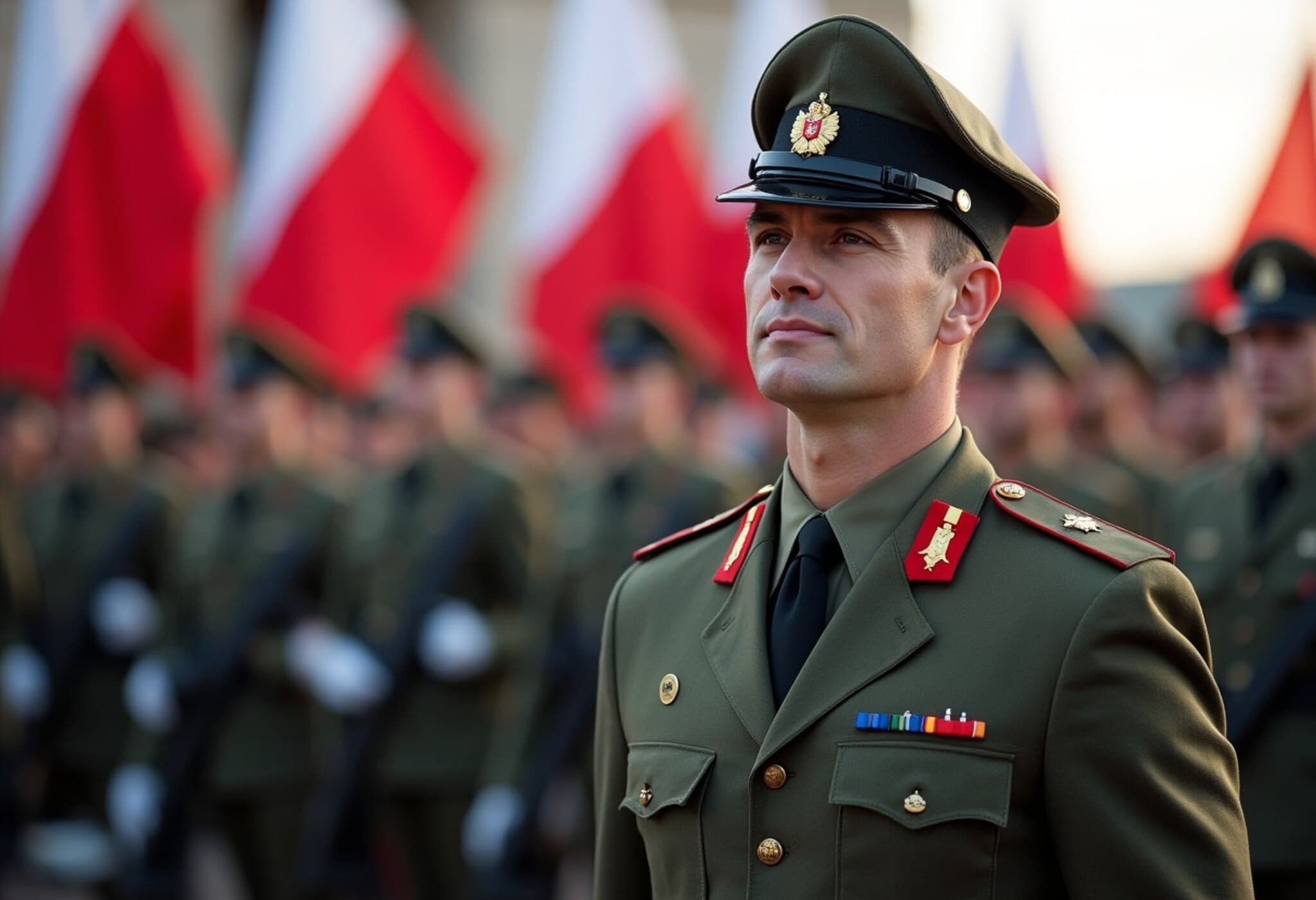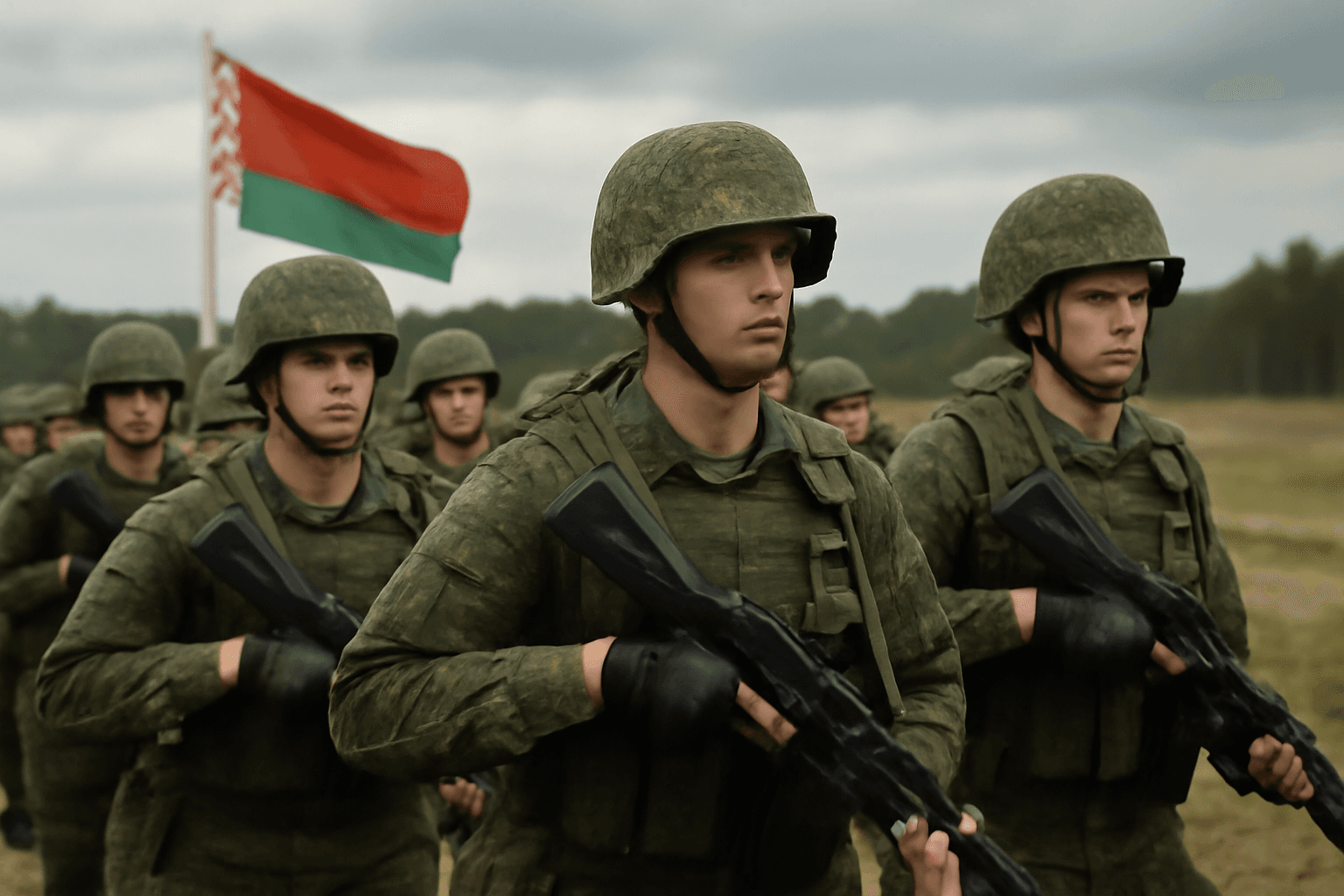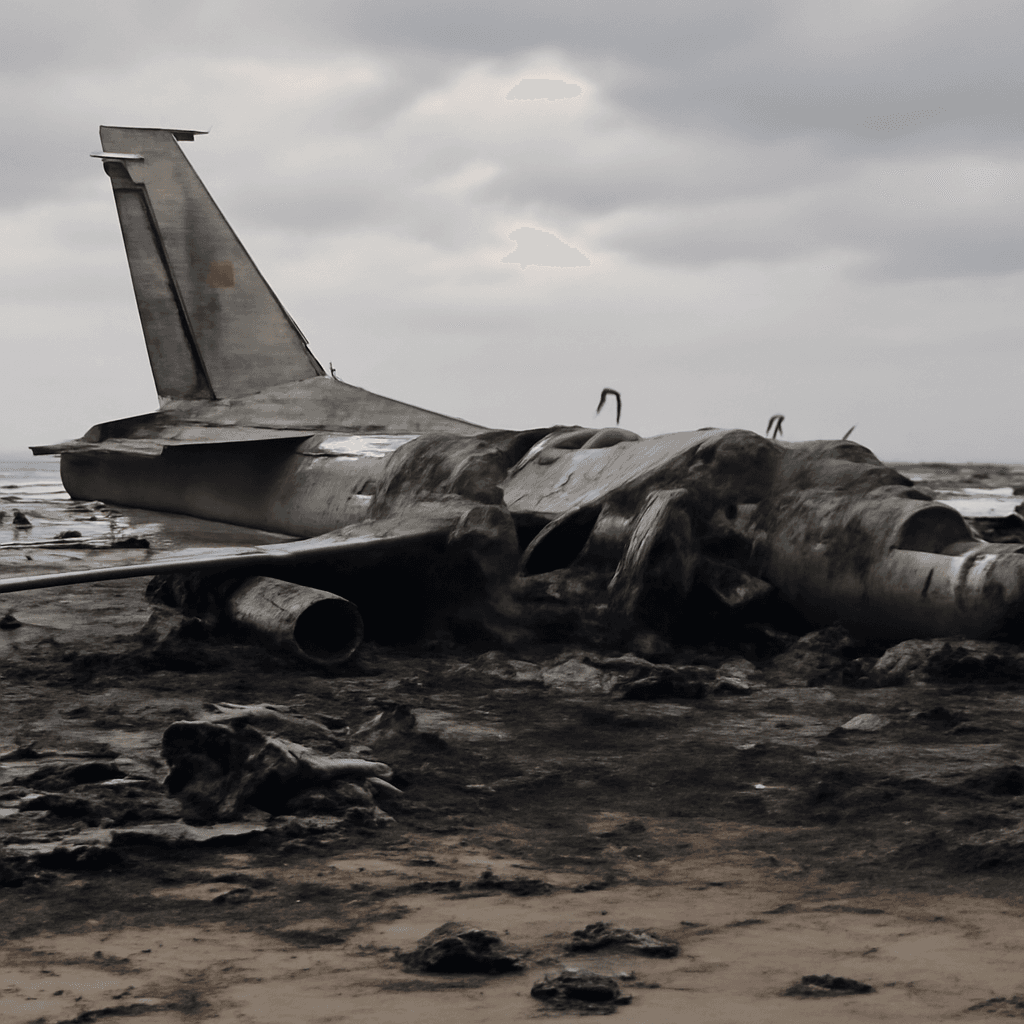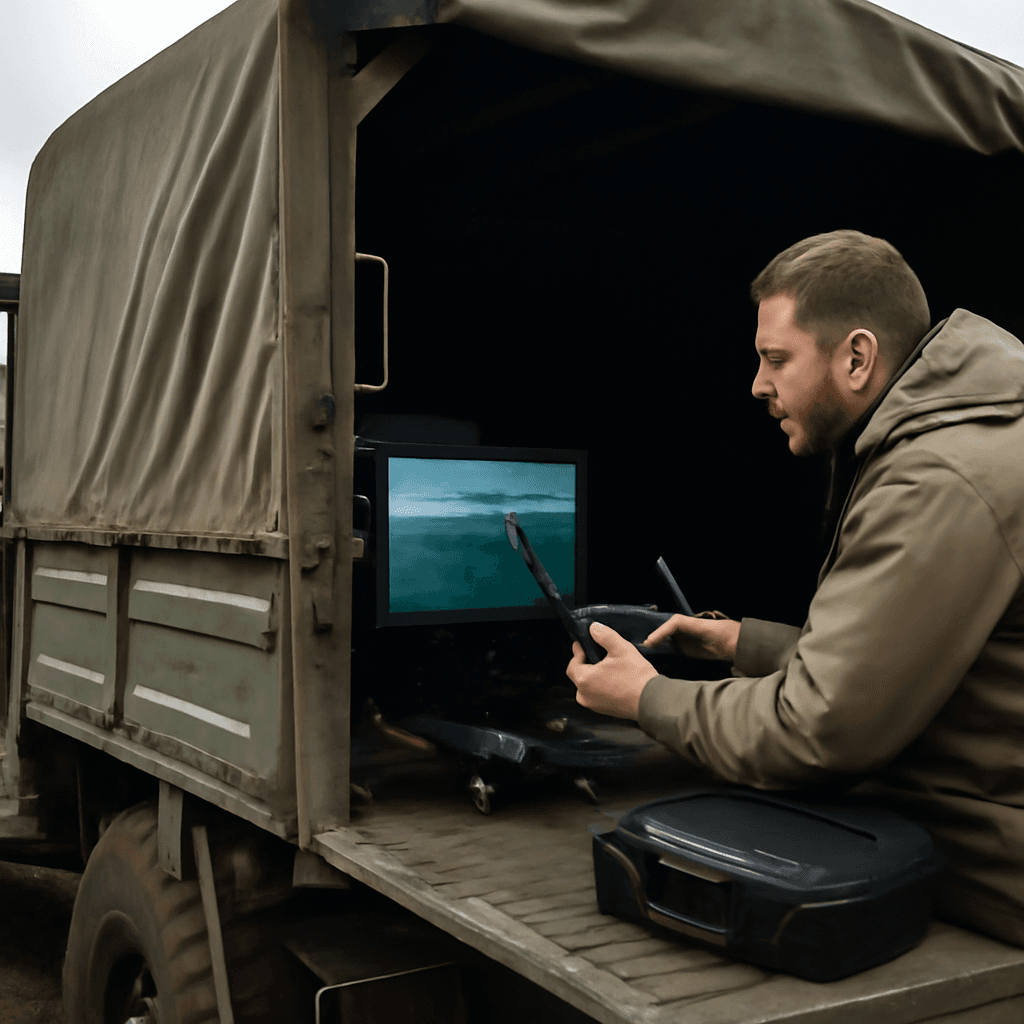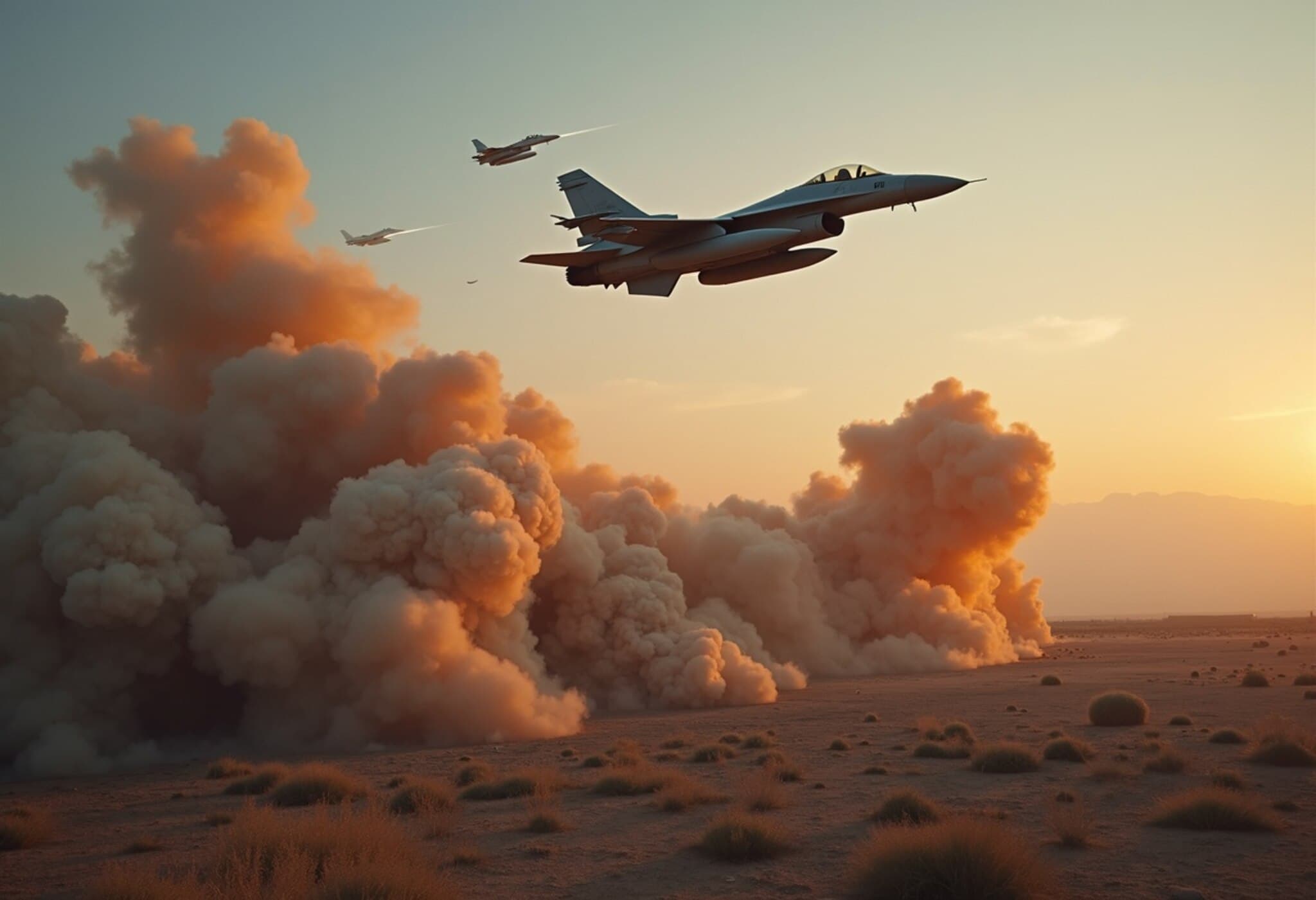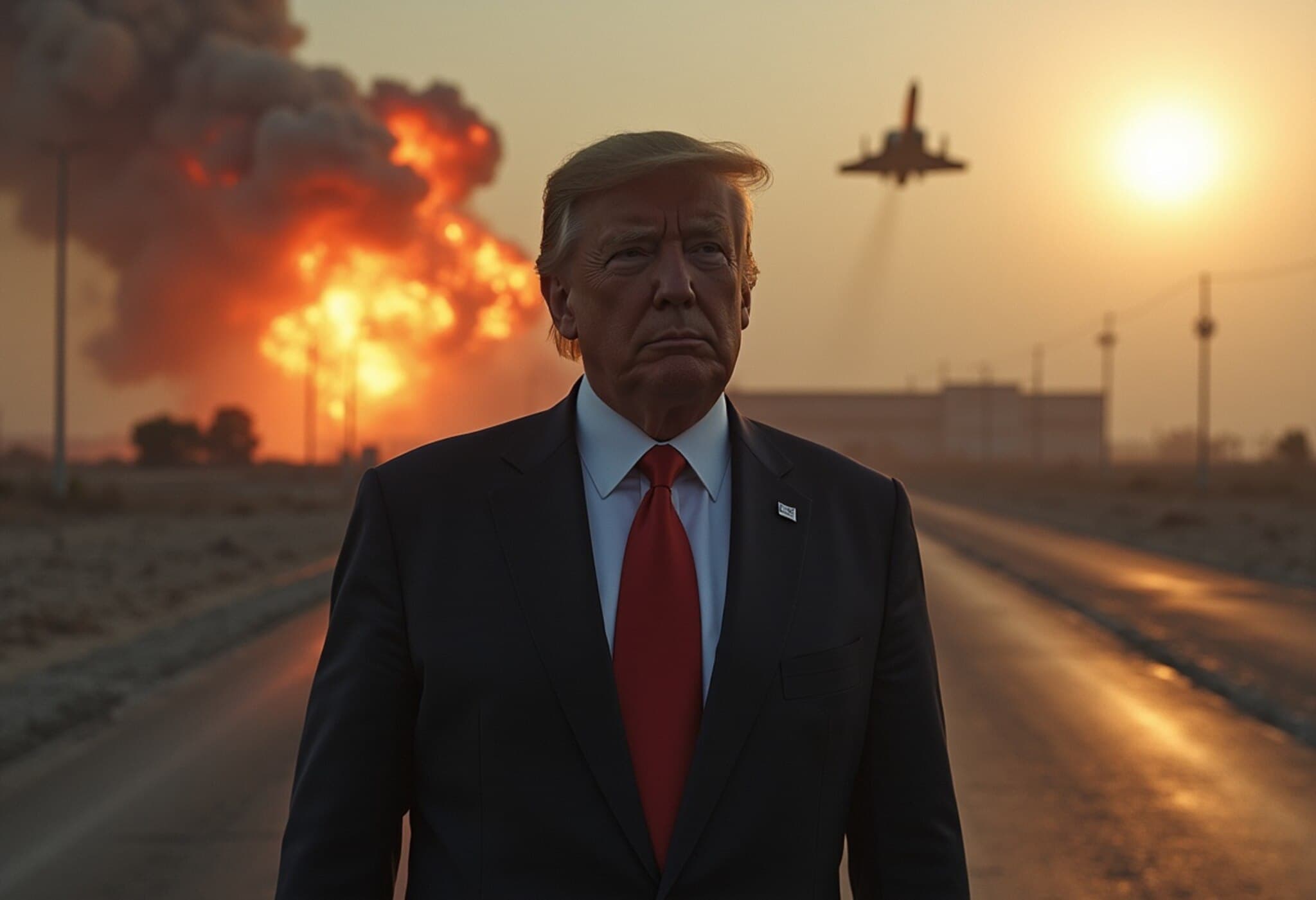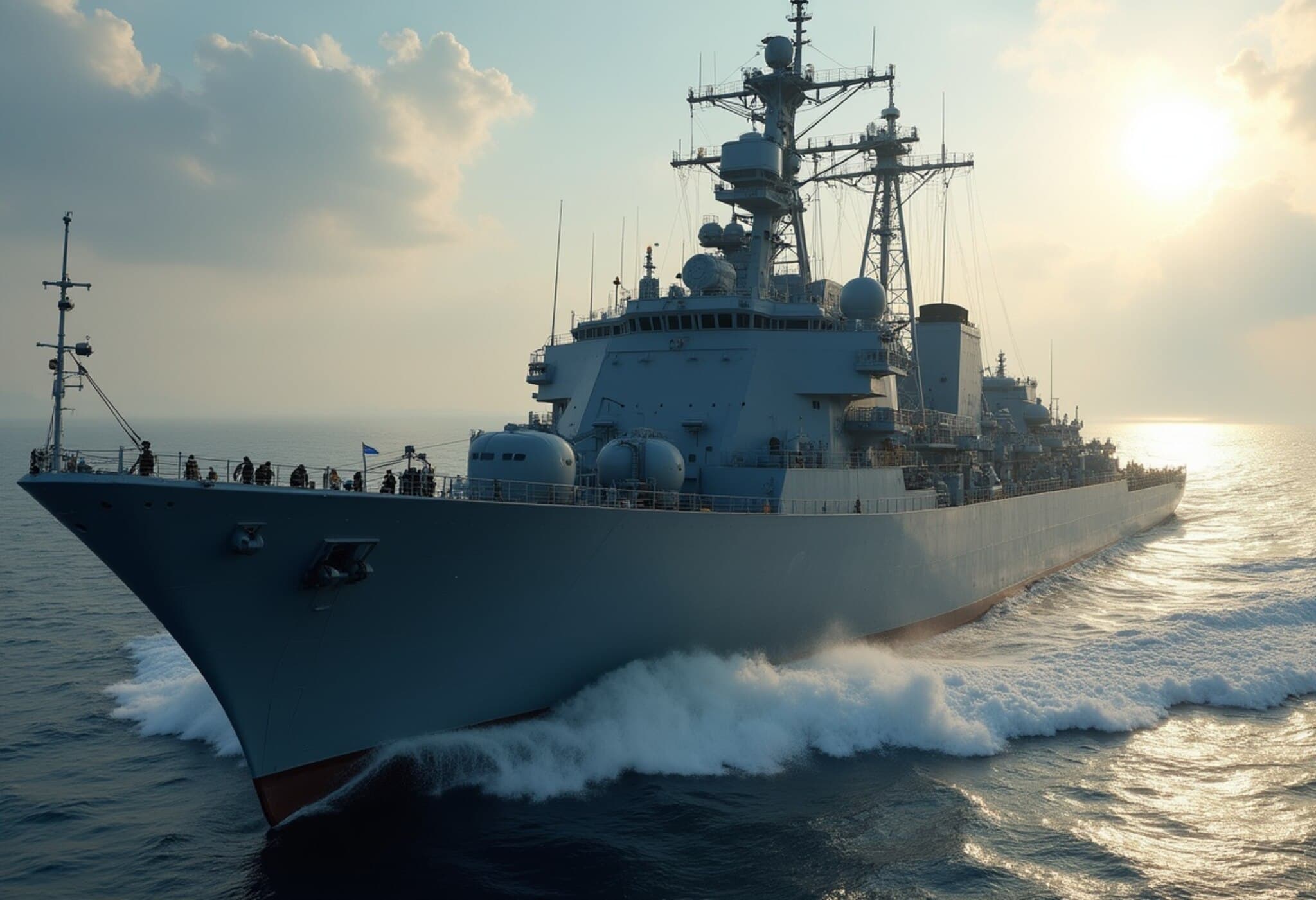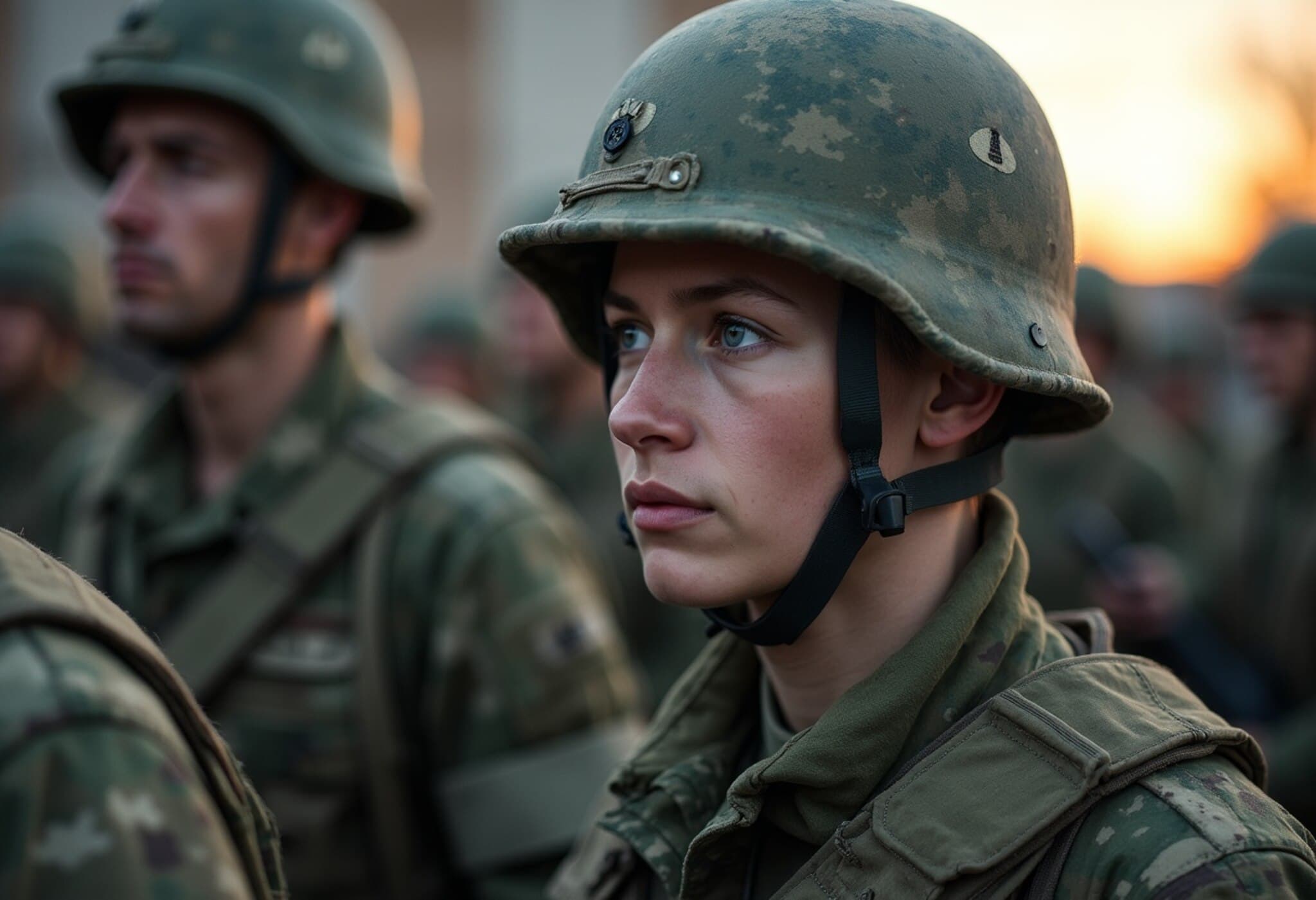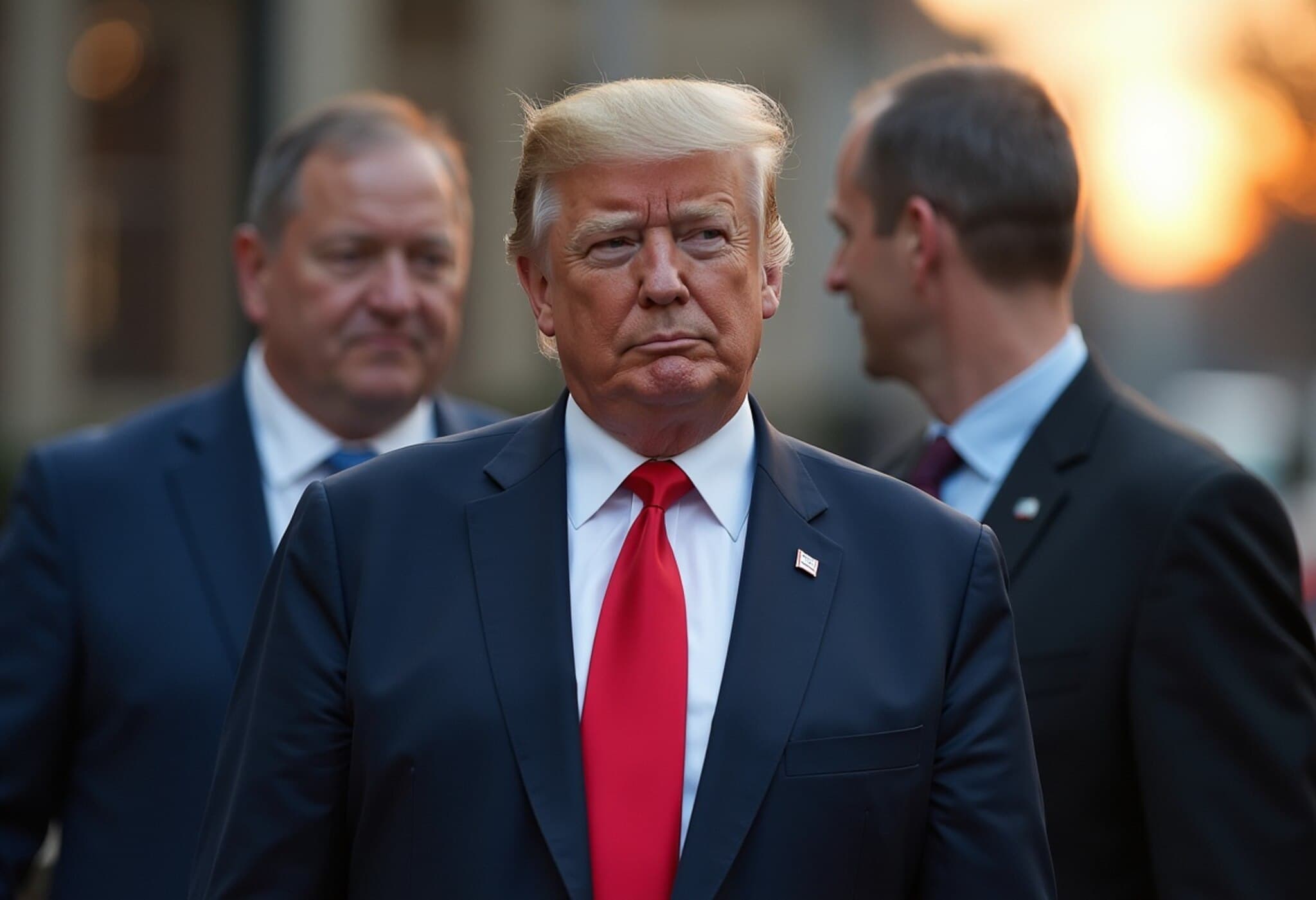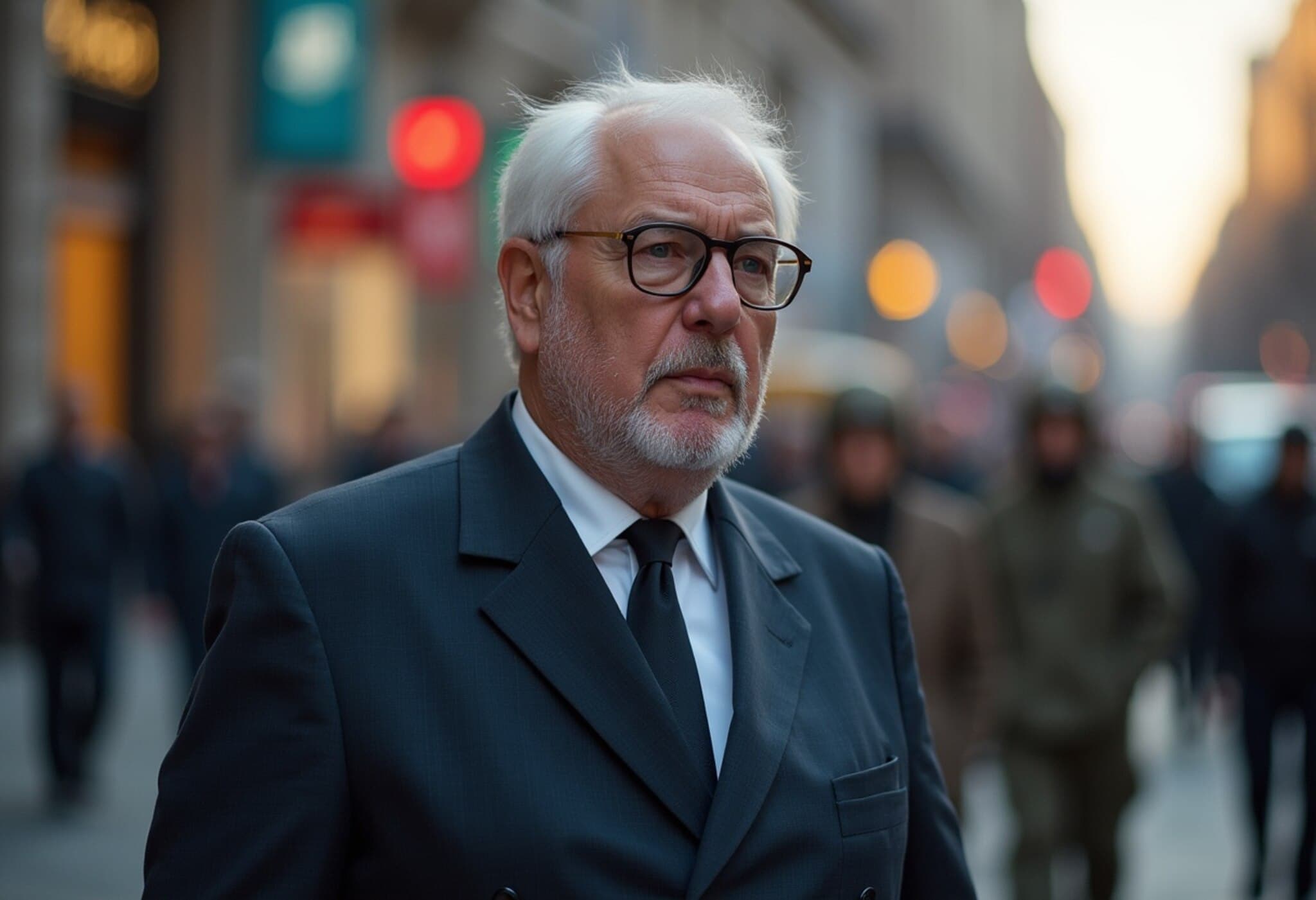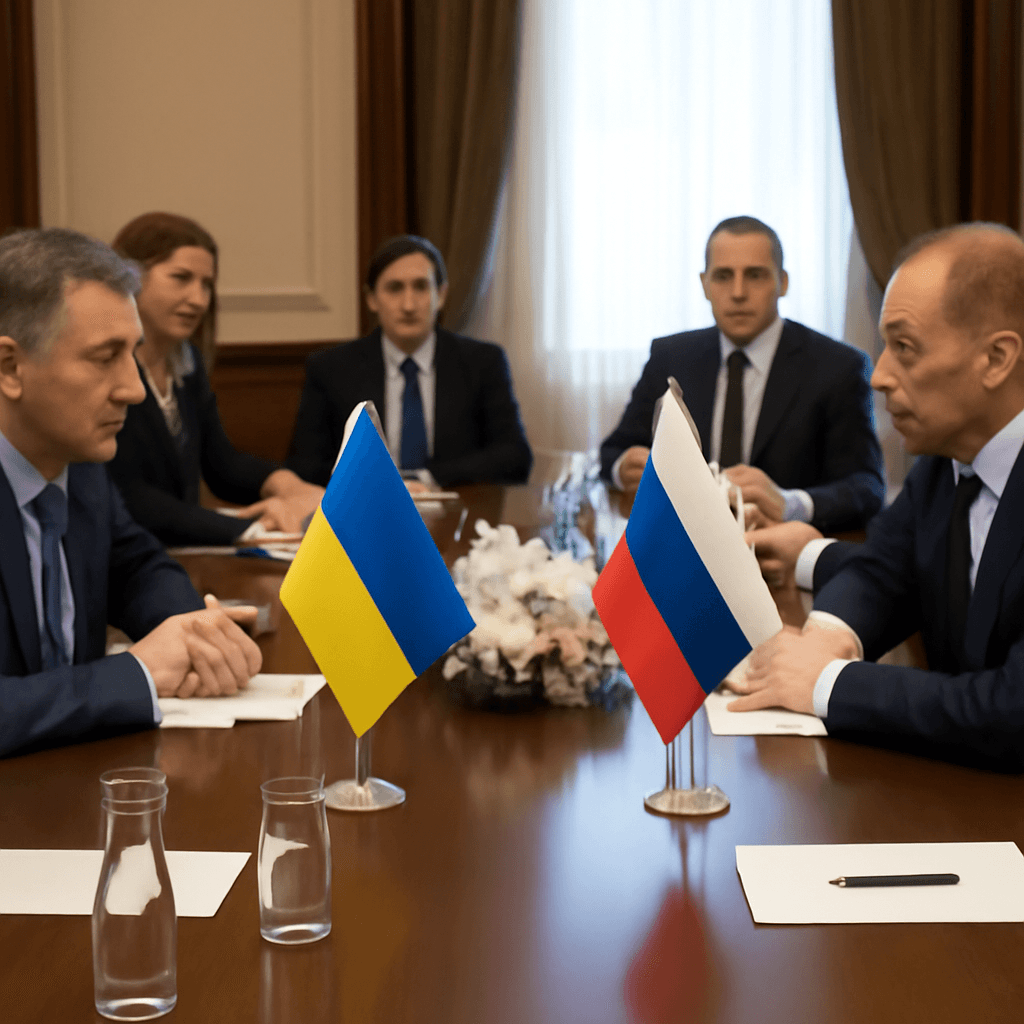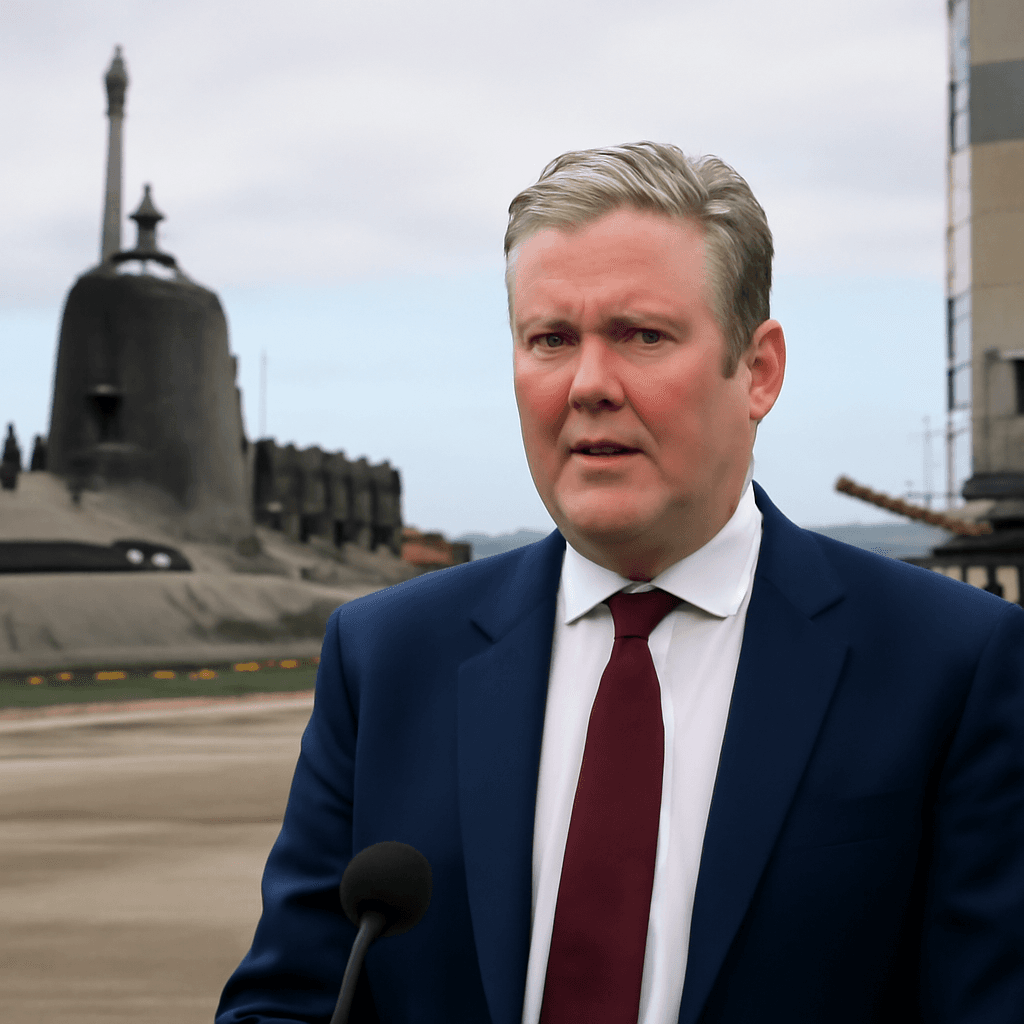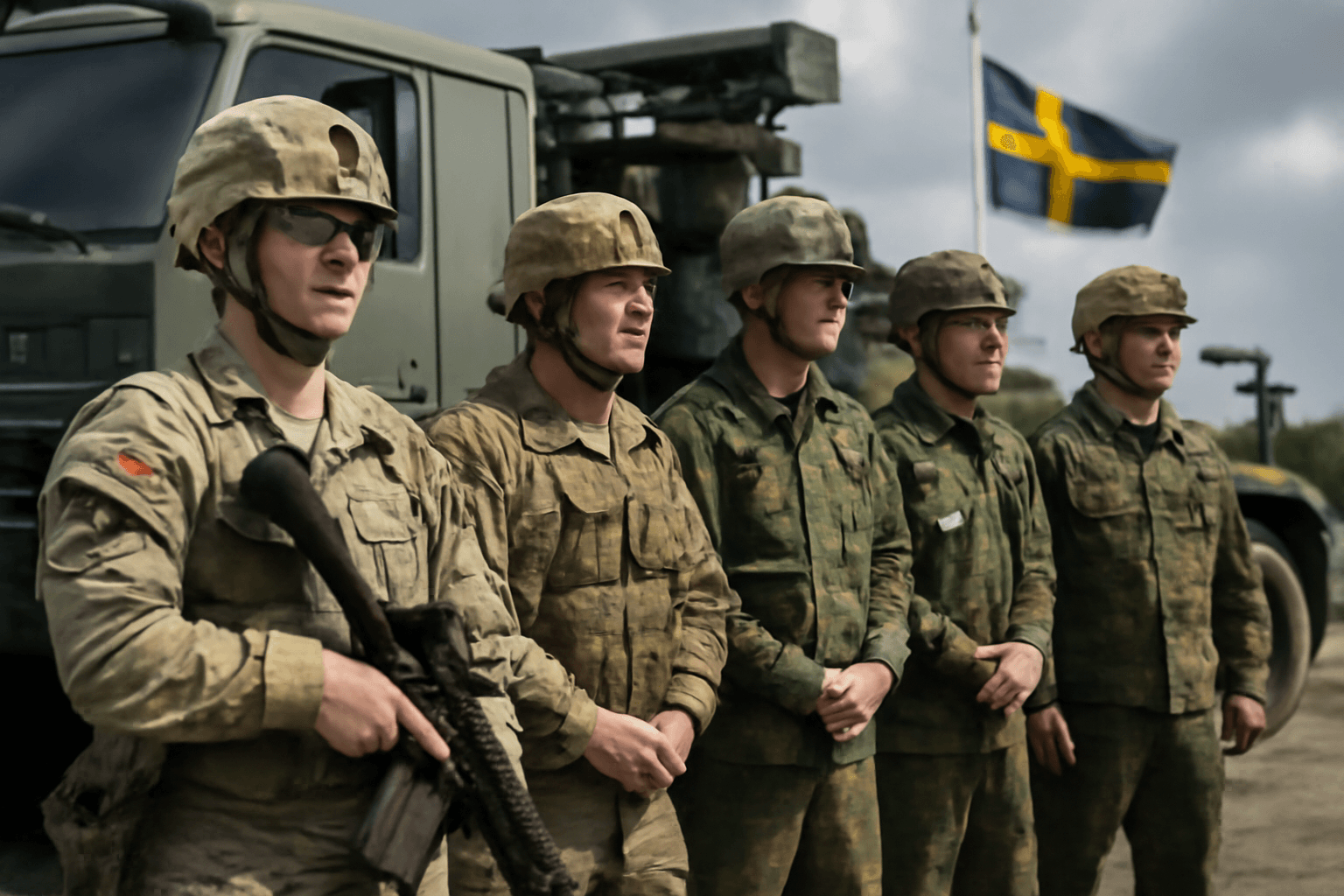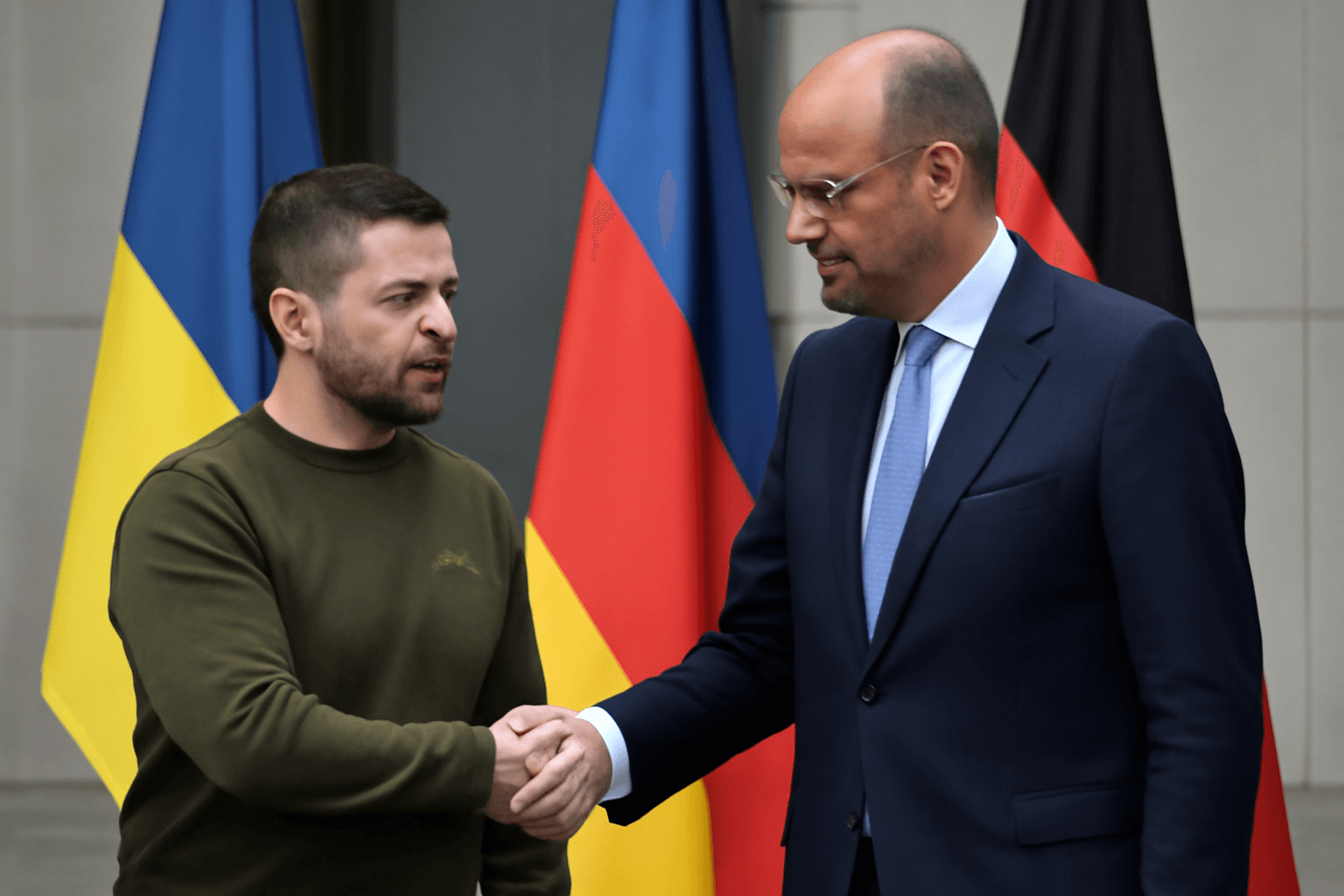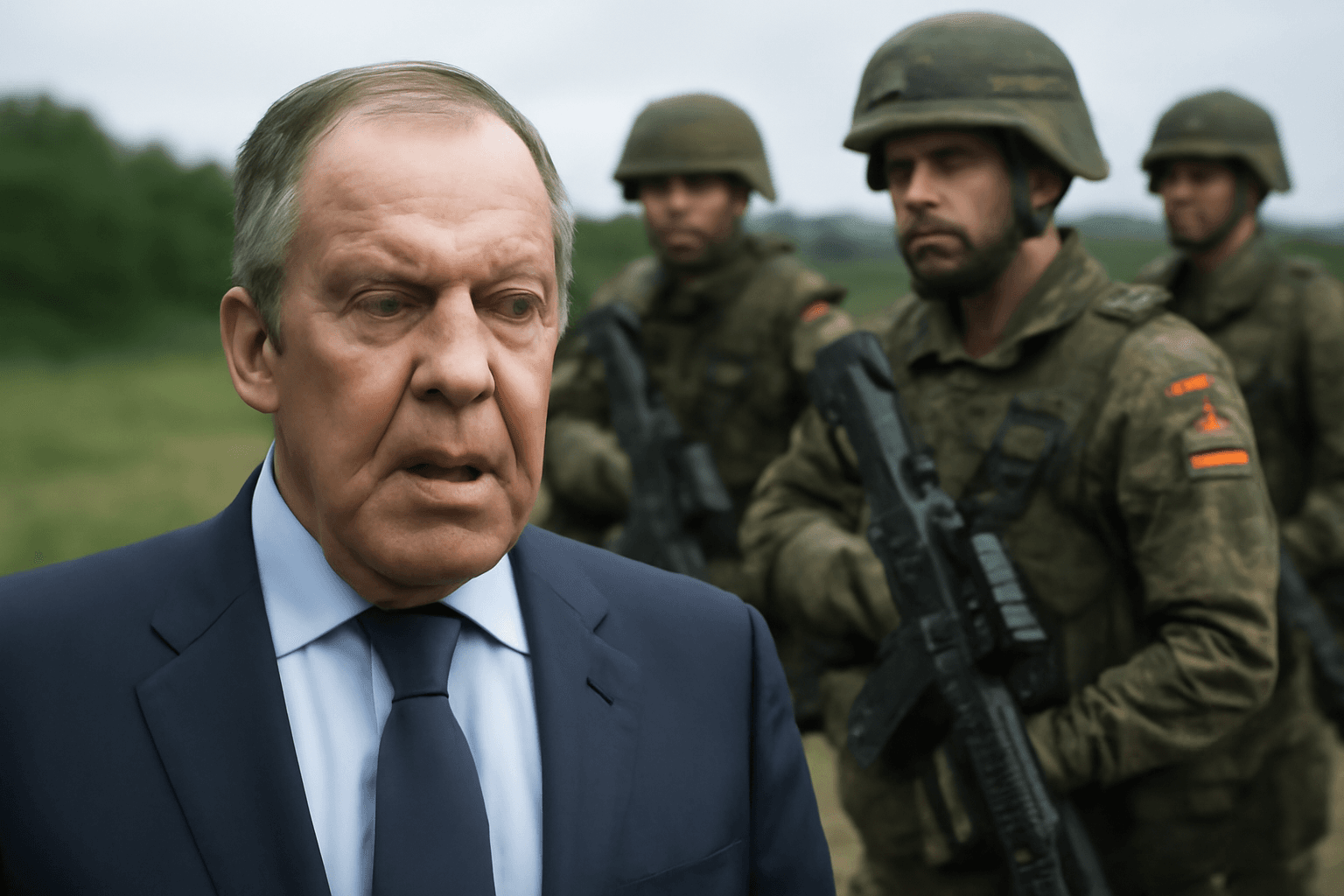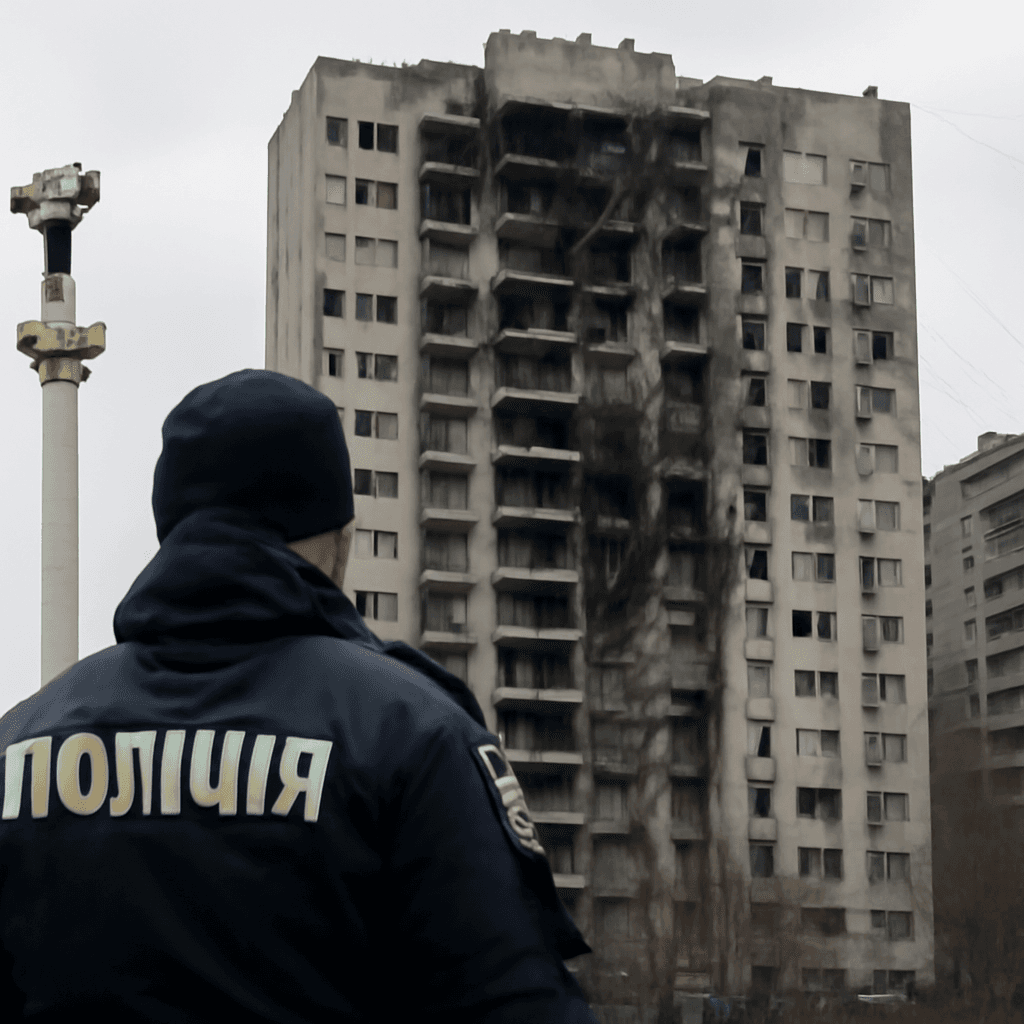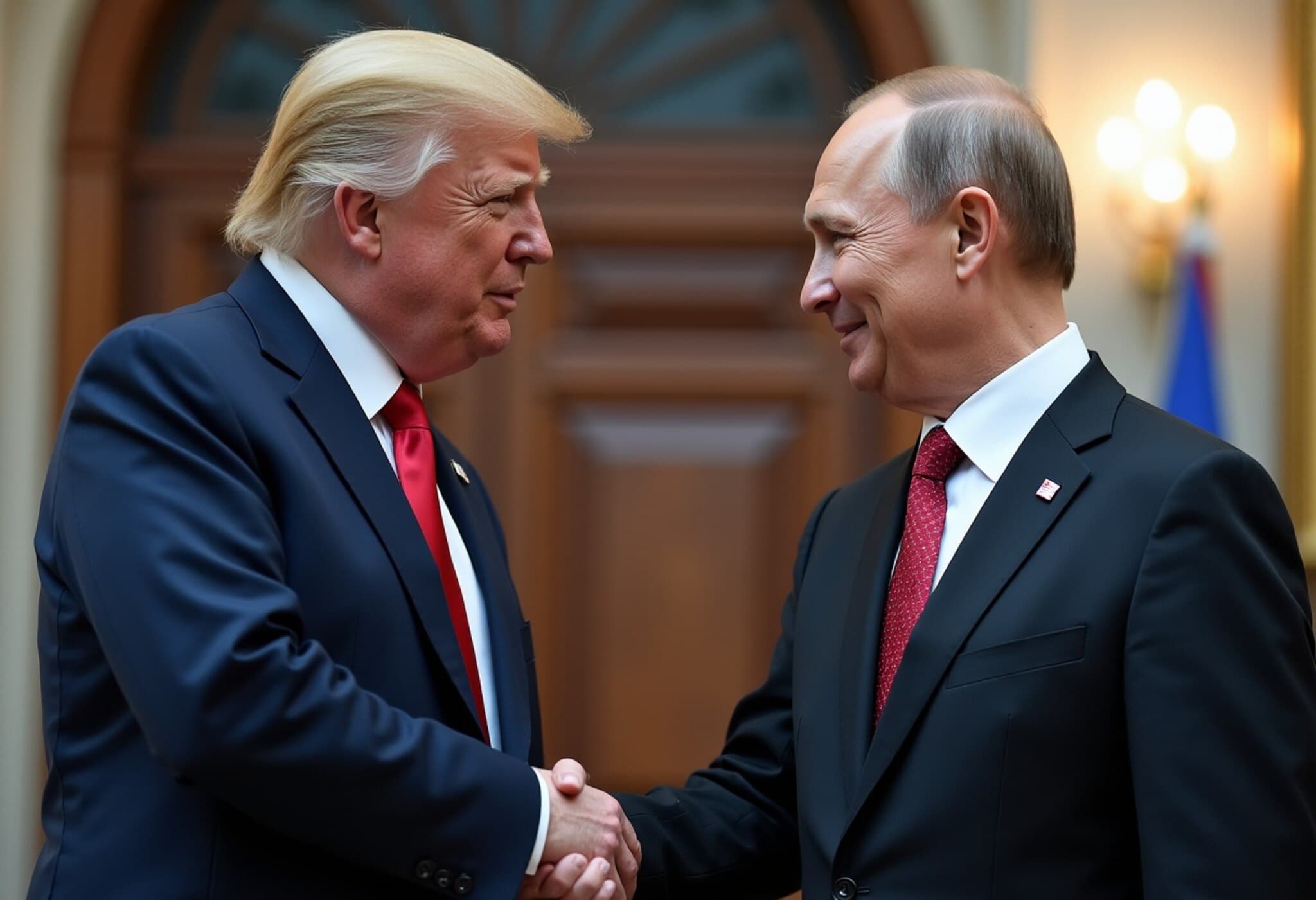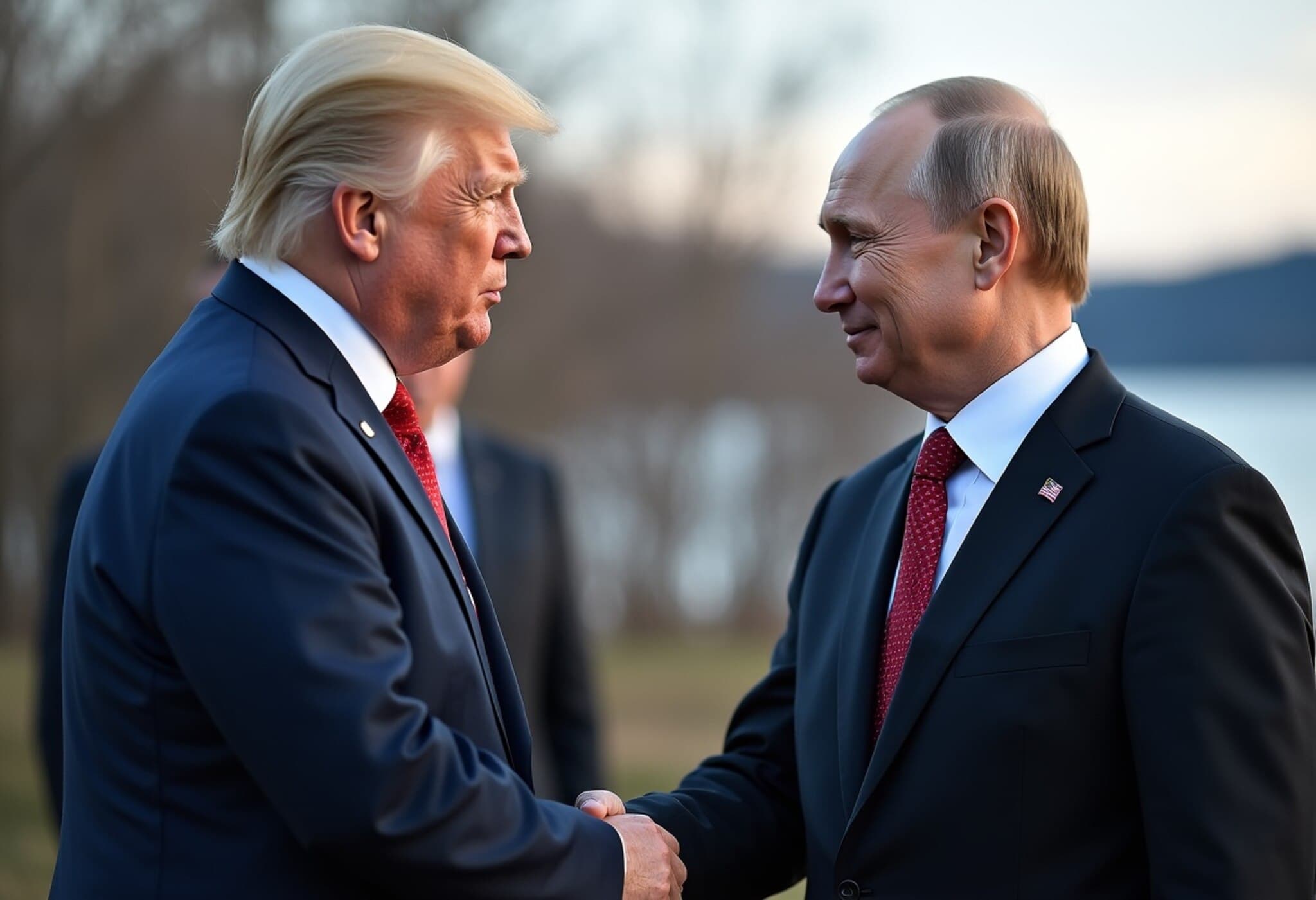Polish President Highlights Historic Defeats of Russia Amid Ukraine War
During a solemn military parade on August 15, 2025, marking the 105th anniversary of Poland’s legendary 1920 victory over the Red Army, Polish President Karol Nawrocki delivered a stirring message to the world: "Russia is not invincible."" His remarks resonated far beyond the parade grounds along the Vistula River, as they intersected poignantly with the ongoing conflict in Ukraine.
The Battle of Warsaw: A Historical Touchstone
The anniversary commemorated the Battle of Warsaw, a pivotal moment when Polish forces decisively halted the Soviet advance into Europe, turning the tide against Bolshevik expansion. Echoing this legacy, President Nawrocki emphasized that history has repeatedly demonstrated the vulnerabilities of Russian military ambitions.
Analyzing Russia’s Current Challenges in Ukraine
“Russia lost to Japan in the early 20th century, was defeated by Poland in 1920, and today, after more than three years of war in Ukraine, it continues to struggle,” Nawrocki said. His statement underscored the resilience of Ukraine, supported steadfastly by international allies—including Poland, which has positioned itself as a critical lifeline for Ukrainian defense.
As Russia’s military campaign in Ukraine falters under the weight of sanctions, strategic setbacks, and allied resistance, Poland’s president framed the conflict within a broader historical context that challenges the narrative of Russian invincibility.
Geopolitical Context and NATO’s Role
Against a backdrop of deteriorating Poland-Russia relations since Moscow’s 2022 invasion of Ukraine, Warsaw has emerged as a strategic hub for Western military assistance. This pivotal role has unfortunately made Poland a target for Russian cyberattacks and disinformation campaigns, illustrating the multifaceted nature of modern hybrid warfare.
Reflecting its security concerns, Poland leads NATO countries in defense spending relative to GDP, with plans to allocate 5% of its GDP to defense by 2026. Thursday’s parade showcased not just Polish troops but also NATO allies, symbolizing a united front composed of 4,000 soldiers, approximately 50 aircraft including F-16 jets, and advanced weaponry like Leopard, K2 and Abrams tanks—reinforcing Warsaw’s commitment to regional stability.
Diplomatic Dimensions: The US-Russia Nexus
President Nawrocki’s comments coincided with heightened diplomatic activity, notably the upcoming summit between US President Joe Biden and Russian President Vladimir Putin in Alaska. Nawrocki participated in a teleconference with European leaders and former US President Donald Trump days prior, underscoring Poland’s embedded role in shaping Western responses to the Ukraine war.
Expert Insight: Lessons From History and Future Outlook
From a policy analyst’s perspective, Nawrocki’s invocation of historical defeats serves a dual purpose. It reassures both domestic and international audiences that authoritarian military might can be checked and reversed, while strategically signaling NATO’s readiness to counter renewed threats from the East. Moreover, it highlights an underreported narrative: the psychological and symbolic power of historical memory in contemporary geopolitics.
This perspective is critical for understanding how Eastern European nations are shaping defense policies grounded not only in strategic necessity but also in a collective cultural memory of resisting domination.
Military Parade Highlights: Demonstrating Strength and Unity
- 4,000 Polish soldiers marched alongside approximately 200 troops from NATO allies.
- Air show featuring 50 military aircraft, notably F-16 fighter jets.
- Showcase of armored vehicles including Leopard, K2, Abrams tanks, Borsuk and Rosomak.
- Artillery systems like Patriot missile batteries and HIMARS rockets on display.
- A naval parade of some 20 vessels demonstrated maritime capabilities in the Baltic Sea.
The event sent a powerful message of preparedness and solidarity to both allies and adversaries in the region.
Editor's Note
President Nawrocki’s speech and the commemorative parade do more than honor a historic victory: they reaffirm Poland’s pivotal role in the current European security landscape. By referencing past defeats of Russian forces, Poland not only uplifts morale amidst ongoing conflict but also shapes an enduring narrative of resilience. As the diplomatic chess game around Ukraine continues, the blend of history, military demonstration, and strategic messaging reminds us that power dynamics are always susceptible to change. Readers are invited to consider how collective memory influences modern defense policies and what this means for future peace and stability in Eastern Europe.

